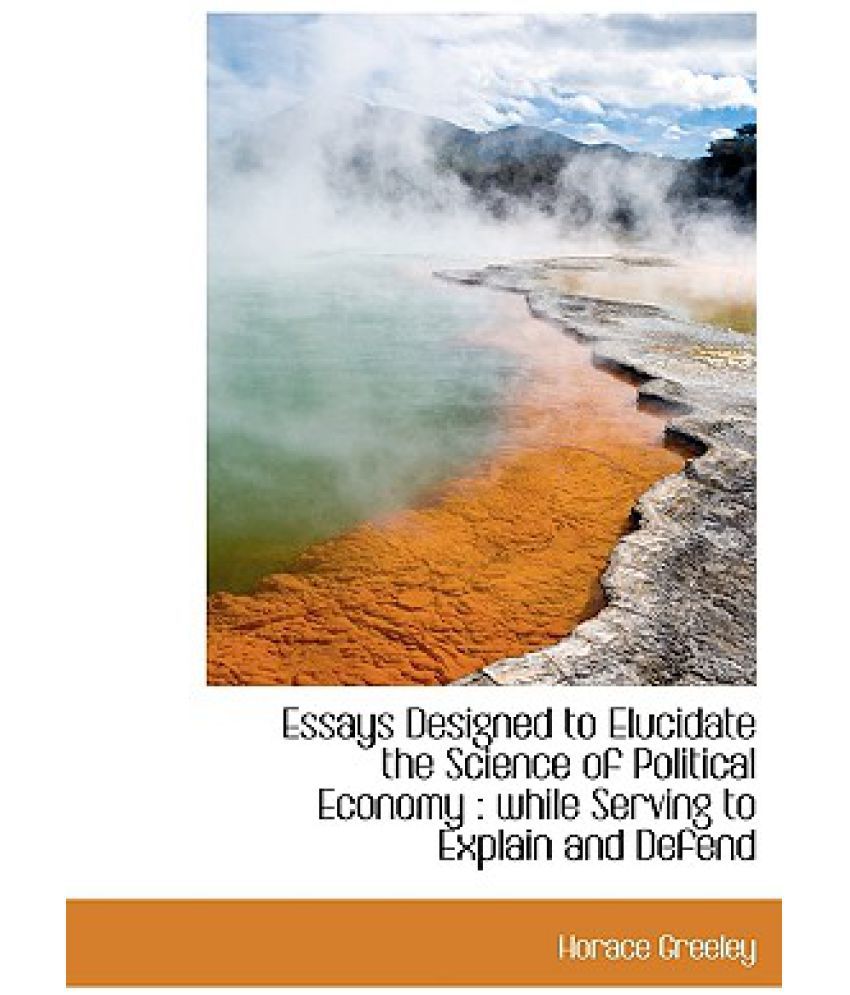

Major pathways for the biosynthesis of cutin monomers and cuticular waxes have been elucidated in model plant systems ( Yeats and Rose, 2013 Lee and Suh, 2015 Fich et al., 2016). The formation of the plant cuticle requires not only the synthesis of cutin monomers and cuticular waxes but also the transport and polymerization of cutin monomers after transport ( Yeats and Rose, 2013). Collectively, these findings suggest a range of possibilities toward increased drought tolerance via cuticle modification in cereal crops.īiological pathways involved in cuticle development affect its permeability to water in different ways. In wheat ( Triticum aestivum L.) and barley ( Hordeum vulgare L.), glaucousness, a visual manifestation of epicuticular wax crystals, was selected for during domestication ( Bi et al., 2016 Hen-Avivi et al., 2016) and shows positive associations with drought tolerance ( Febrero et al., 1998 Guo et al., 2016 Busta et al., 2021).

Mutants and transgenic plants with reduced wax load and compromised cuticle structure often show increased cuticular permeability and decreased drought tolerance ( Zhou et al., 2013 Zhu and Xiong, 2013 Li et al., 2019), while overexpression of cuticle lipid biosynthesis enzymes or their transcriptional regulators can result in increased cuticular lipid abundance and drought tolerance ( Aharoni et al., 2004 Zhang et al., 2005 Bourdenx et al., 2011 Wang et al., 2012). Thus, cuticle composition and structure are potentially relevant to plant drought tolerance. However, cuticle impermeability to water is not simply determined by wax load or cuticle thickness instead, chemical composition and the organization of cuticle components appear to contribute to reducing nonstomatal water loss ( Riederer and Schreiber, 2001). Soluble waxes, including alkanes, aldehydes, alcohols, ketones, and wax esters, are embedded within and on top of the cutin matrix ( Yeats and Rose, 2013).Ĭuticle composition and structure influence its water barrier function ( Kerstiens, 2006). Cutin is an insoluble matrix formed by extensive ester cross-linking of fatty acid derivatives and glycerol ( Pollard et al., 2008 Fich et al., 2016). Cutin and waxes are the two major lipid components comprising the plant cuticle. The cuticle is a hydrophobic layer covering the epidermal surfaces of the shoot, which protects plants from dehydration, UV radiation, and pathogen attack ( Shepherd and Wynne Griffiths, 2006 Xue et al., 2017). The findings of this study provide insights into the role of regulatory variation in the development of the maize leaf cuticle and will ultimately assist breeders to develop drought-tolerant maize for target environments. A set of maize nested near-isogenic lines that harbor the ISTL1 genomic region from eight donor parents were evaluated for g c, confirming the association between g c and ISTL1 in a haplotype-based association analysis. A gene encoding an INCREASED SALT TOLERANCE1-LIKE1 (ISTL1) protein putatively involved in intracellular protein and membrane trafficking was identified in GWAS and TWAS as the strongest candidate causal gene. Of the 22 plausible candidate genes identified, 4 were predicted to be involved in cuticle precursor biosynthesis and export, 2 in cell wall modification, 9 in intracellular membrane trafficking, and 7 in the regulation of cuticle development. To this end, we performed an integrated genome- and transcriptome-wide association studies (GWAS and TWAS) to identify candidate genes putatively regulating variation in leaf g c. Dissecting the genetic architecture of natural variation for maize ( Zea mays L.) leaf cuticular conductance ( g c) is important for identifying genes relevant to improving crop productivity in drought-prone environments. The cuticle, a hydrophobic layer of cutin and waxes synthesized by plant epidermal cells, is the major barrier to water loss when stomata are closed.


 0 kommentar(er)
0 kommentar(er)
